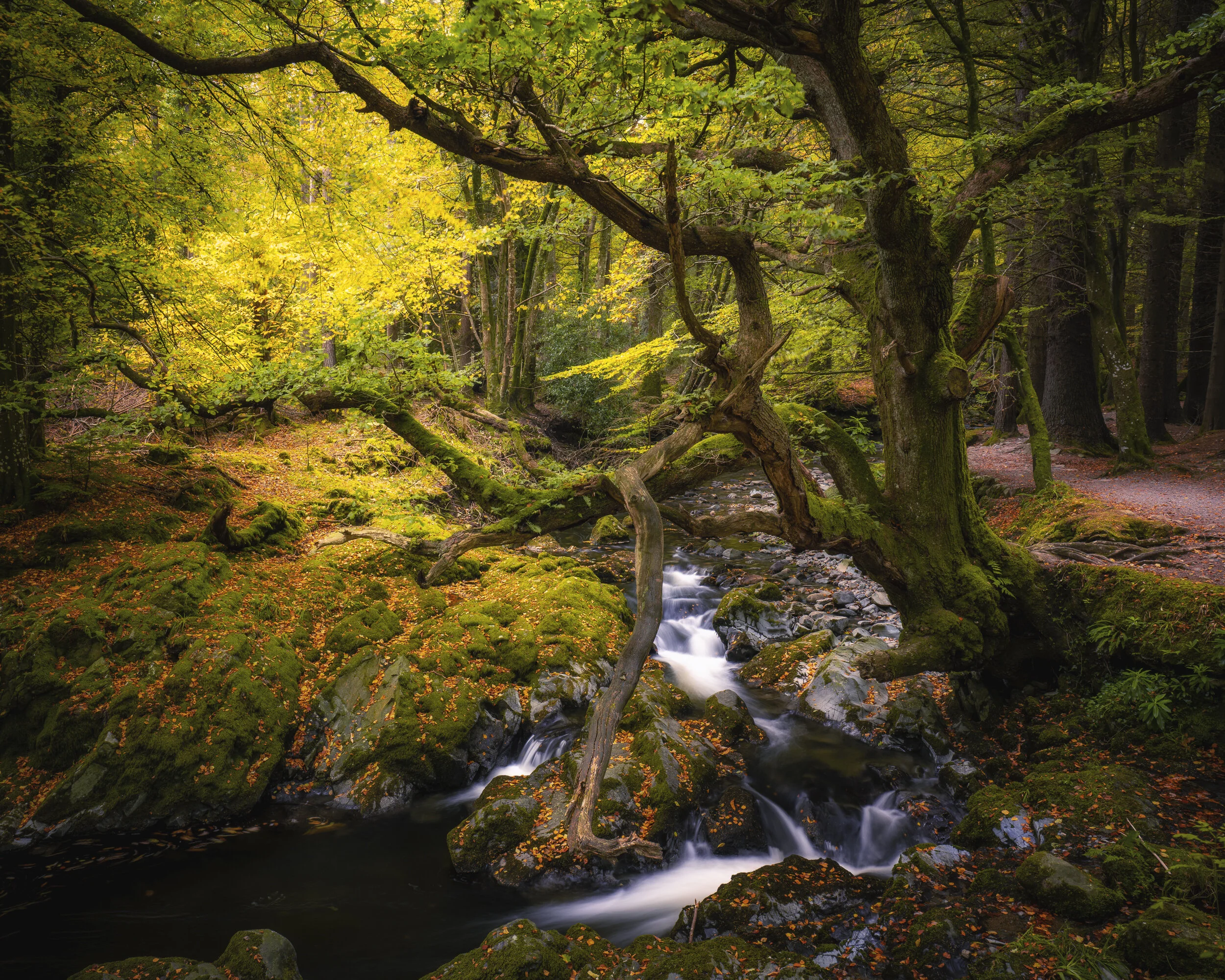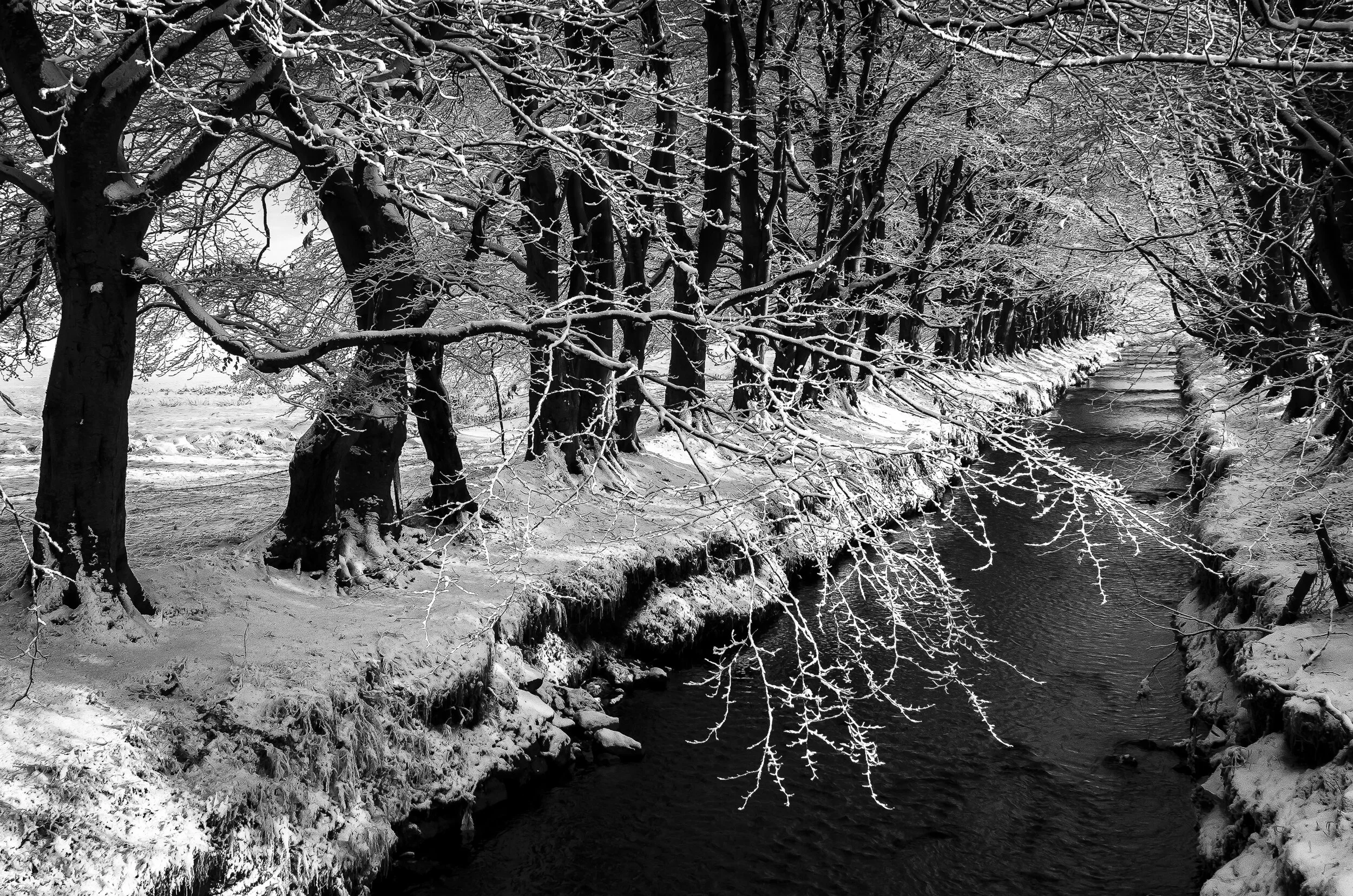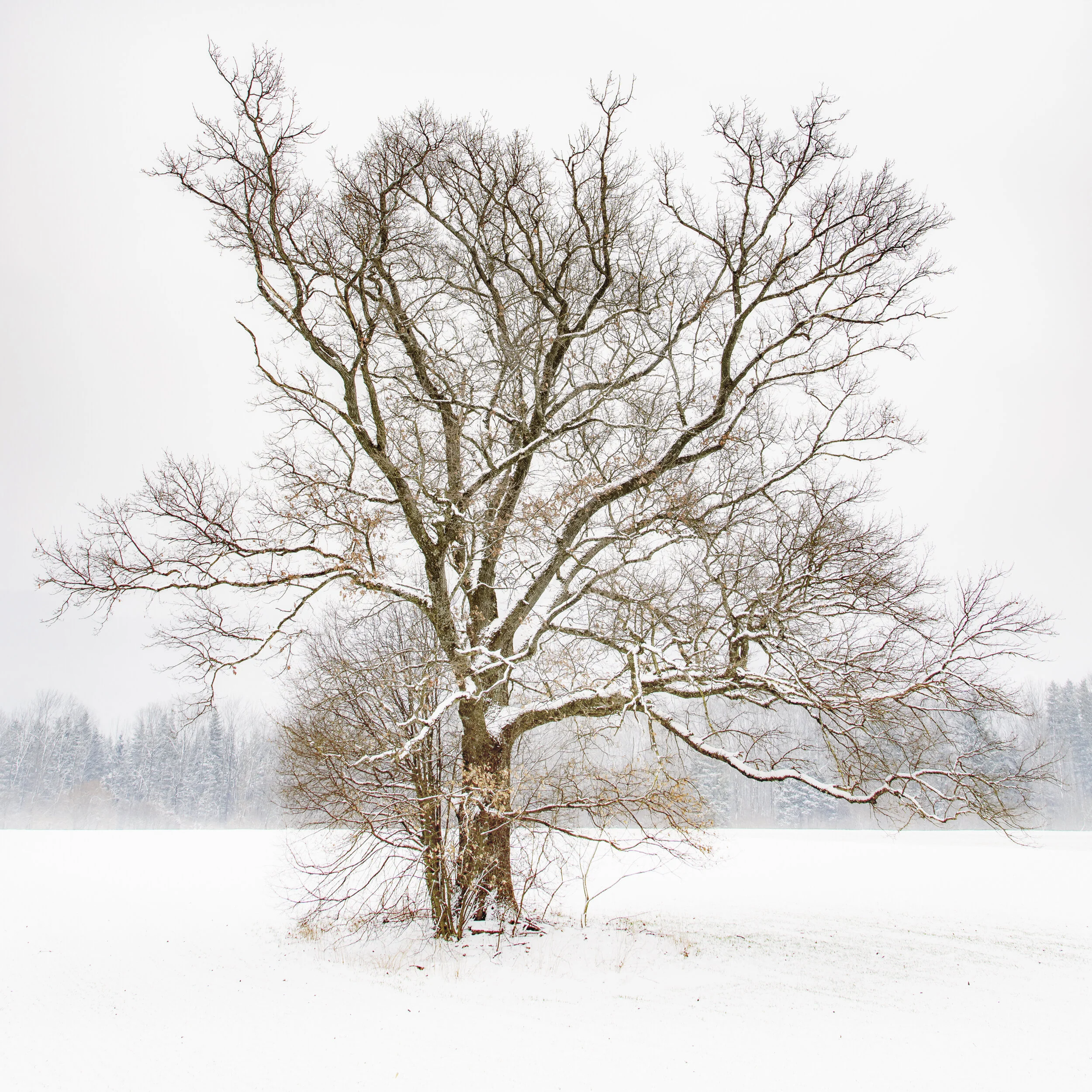it started with the trees
Guardian of the Forest. Deep in Tollymore Forest this mighty oak reaches across the Shimna river
“Poems are made by fools like me,
But only God can make a tree.”
I grew up surrounded by trees.
Majestic limes, whose leaves I used to lick as a boy for their sweetness; stately Scots pines, where once I saw a red squirrel; a Monkey Puzzle tree, all spikey branches; a glorious chestnut whose harvest fed the conker wars at the start of each new school year; and the prince of all our trees, a magnificent copper beach.
Tree trunks served as goal posts for football, stumps for cricket, a place to hide when I ran from my brothers, a friend to lean against to read a book. The limes, chestnut and beech marked the swiftly moving year with its changing seasons; the pines remained the same, just bending and creaking in the high winds of winter.
Bow and Curtsey. Like dance partners these elegant Beech trees line opposite one another across the banks of the Six Mile Water.
In school I learned that trees are the lungs of the earth, breathing in carbon dioxide and other pollutants and breathing out oxygen. That trees give us glue, paper, medicine and wood for our fires. They provide food and shelter. They cool our streets, protect our homes and mask unsightly ugliness that is so often the imprint of humans upon the landscape. They help prevent soil erosion and shelter our increasingly precarious wildlife. (All of which makes it even more appalling that we in Northern Ireland live in the second most unforested area of Europe, with only Malta having fewer trees than we do.)
All of that is true and important. But trees are more than that. It wasn’t their utility that inspired me as a child. It was the trees in themselves: majestic, mysterious, inspiring, beautiful.
The Fairy Wood’s Secret. The moss covered limbs of an ancient oak in the heart of the Breen Wood in Co Antrim, one of the last patches of the oak woods that used to cover Ireland.
Solitary Grace. I spotted this tree while some friends were driving me through Bavaria. They watched amused as I ran through the snow in totally inadequate clothing to make this handheld photo before beating a shivering retreat to the warmth of the car. My love of snow covered trees knows no limits!
I was never much of an artist as a child, but I loved drawing trees. Trees in winter, without leaves, the intricate architecture of their trunks, branches and twigs stark against a white sky. And while I could never successfully draw it, the greatest delight was on those rare occasions when we experienced a decent snowfall and the trees in our garden were transformed into a mystical wonderland.
What was this delight? And what explained this strange almost melancholic joy that came like a scent drifting on the air or like the sound of distant music. The harder I tried to grasp it the quicker it disappeared, only to reappear at odd and surprising moments: the flash of a bird during a cricket match, a wet leaf blown against the classroom window by a November storm, a low carpet of mist on the paddock that marked the changing seasons as I paused before the rush to be on time for school.
An old farmer-preacher used to say in his colourful sermons, “There’s something in a man that there isn’t in a cow.” It made me laugh as a boy. But I couldn’t figure out what that something was. Perhaps I didn’t listen well enough. It was only in my late teens when one of my university professors drew my attention to a phrase in the ancient Genesis creation account about trees: “The Lord God made all kinds of trees grow out of the ground - trees that were pleasing to the eye and good for food.”
L’abri (The Shelter). A magnificent beech high in the Glens of Antrim, sheltering one of the county’s many sheep from a rare, early snow storm.
Pleasing to the eye. Not just good for food (or shelter, or wildlife or pollution). And not even first good for food. Pleasing to the eye.
To whose eye? To God’s certainly. When he considered his creation each day he saw that it was good. But that couldn’t be all the phrase meant. The food part was clearly not for God. And suddenly there it was: to be human is to notice and appreciate beauty. In that simple statement about the trees lay the explanation for our need of beauty, art and creativity. We were designed this way. There is something in a man that there isn’t in a cow!
Old Friends. Two of the few remaining trees on the crown of Gallows Hill where we live, caught in a snow storm during ‘lockdown’ 2021. Old, bent and twisted by time and the elements, they appear to cling to and complement one another like a married couple through the ups and downs of life. We have this photo in our home!
My dog liked trees. As Lex Luthor points out in Superman, all cocker spaniels love trees! But Rusty (my dog) didn’t write poetry in praise of their beauty or rush to get his camera when the light was right. There’s something in a man that there isn’t in a dog!
I know very well that there are many who don’t agree with me, who are content to explain our aesthetic sense, as they must human love and everything else that we value most in life, as the accidental result of the blind, impersonal, purposeless and ultimately meaningless processes of evolution. That is their right. I’m simply sharing what makes sense to me.
And it started with the trees.
Sunset Canopy. The trees in Portglenone Forest glow in the late October sun.







